Pneumonia Outbreak: Know The Type, Symptoms, Causes And Test
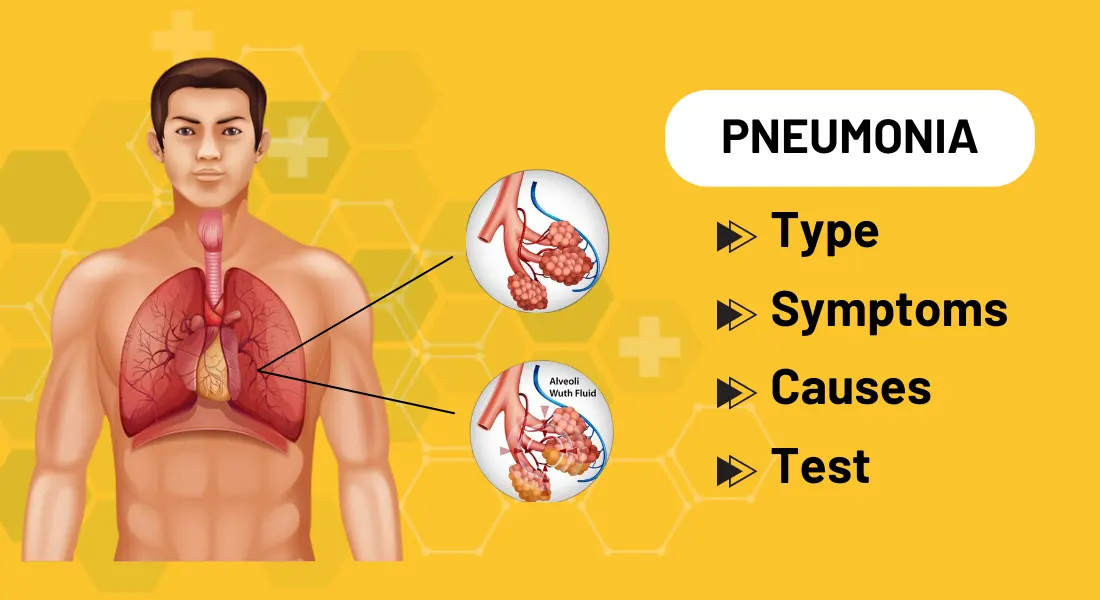
Pneumonia is a lung infection affecting one or two lungs. The disease occurs due to bacteria, fungi, or viruses. In today's world, it has become a serious health condition. Patients with chronic signs of pneumonia may have their air sacs filled with liquids and pus. Lobar pneumonia affects the lung lobes, while bronchial pneumonia affects the patches throughout both lungs. Let's learn the types, causes, symptoms, and more.
How Do You Get Pneumonia
Pneumonia is the inflammation in the lungs due to viral, bacterial, and fungal infections. Patients may develop signs like cough and fever. The COVID-19 may be one of the causes of pneumonia. Treatment varies depending on the disease's severity.
A patient may develop symptoms through the air (via bacteria and viruses). The following are the prime causes of pneumonia in adults and infants:
- Viruses
Viruses, including coronavirus, cause the flu and colds, which lead to pneumonia. In short, viruses are common causes of the disease, especially in children below five years of age. Although viral pneumonia is mild, the world has seen real-life examples of COVID-19 pneumonia. So, it may also become serious depending on the condition of the patient.
- Bacteria
Bacterial pneumonia is the most common among other types. Streptococcus pneumonia is the common type occurring in patients with symptoms of flu or cold. Alternatively, it develops on its own. It affects the lobe (one part) of your lung and causes lobar pneumonia.
- Fungi
The next type is fungal pneumonia, caused due to already existing chronic health issues or a weak immune system. The fungi causing it lie in the bird droppings or soil, varying depending on the geographical factor.
- Bacteria-Like Organisms
There are other bacteria-like organisms which may contribute to the condition. For instance, Mycoplasma pneumonia is a type that produces milder symptoms. Another example is walking pneumonia, which isn't that severe, but doctors may instruct you to take complete bed rest.
Understanding The Types Of Pneumonia: What Are They?
Pneumonia is an infection where viruses, fungi, or bacteria affect one or both the lungs. The following are the types of pneumonia:
Community-Acquired Pneumonia
CAP, or community-acquired pneumonia, is a common acute infection. If a patient develops symptoms, they may need to take admission to the hospital. Its prime causative pathogens are influenza A, Streptococcus pneumoniae, Chlamydophila pneumoniae, and Mycoplasma pneumonia. Risk factors that may result in developing this infection are smoking, comorbidities, or age.
Hospital-Acquired Pneumonia
The next type is HAP or Hospital-acquired pneumonia. A patient can get hospital-acquired pneumonia (HAP) when admitted to a hospital due to other severe illnesses. HAP is a serious pneumonia type, as antibiotic-resistant bacteria can cause it. The most common antibiotic-resistant bacterium is the MRSA or methicillin-resistant Staphylococcus aureus. HAP symptoms are severe and aren't easily treatable.
Ventilator-Associated Pneumonia
VAP or ventilator-associated pneumonia is a lung infection developing in an individual in ventilation. Anyone using an artificial breathing machine may tend to develop this pneumonia. The bacteria developing community-acquired pneumonia is the one that causes this illness.
Healthcare-Associated Pneumonia
HCAP develops in patients who are in a long-term care facility, for instance, a nursing home. Anyone in an extended-stay clinic may develop the symptoms. The symptoms are the same as hospital-acquired pneumonia caused by antibiotic-resistant bacteria.
Aspiration Pneumonia
Aspiration pneumonia occurs in individuals when liquid or food gets inside the lungs or airways instead of getting swallowed. Vomit or spit can also trap inside the trachea (or windpipe), from where it travels to the lungs. That's how it affects the lungs.
What Are The Symptoms Of Pneumonia
The common signs of pneumonia include the following:
- Yellow, bloody, or green cough
- Excessive sweating
- Fever
- Confused mental state, especially in elders
- Loss of appetite
- Bluish colour to fingernails or lips
- Fatigue or low-energy
- Rapid pulse
- Breathing difficulties
- Chills
- Stabbing or sharp chest pain worsening with coughing or deep breathing
The Early Symptoms Of Viral Or Bacterial Pneumonia Include The Following:
- Shortness of Breath
- Headache
- Weakness
- Worsening cough
- Muscle pain
Besides, older adults may experience weakened immune systems or mental issues. Pneumonia in newborn babies and infants might not show any other early signs apart from vomiting, fever, tiredness, restlessness, and cough.
What Is The Main Cause Of Pneumonia?
The prime cause of pneumonia is bacterial, viral, or fungal infection. The pathogens enter your lungs and contribute to inflammation, thereby weakening your immune system. Some health-related parameters may increase the chances of developing symptoms of pneumonia in infants.
The factors affecting individuals are the immune system, underlying health issues and age. Ever germs may lead to the disease which you breathe. The body usually prevents the germs from infecting the lungs. However, there are times when these germs weaken the immune system and lead to crucial health concerns.
What Causes Pneumonia In Adults?
The causes of pneumonia in adults and new-borns may be due to bacteria, viruses, and some fungi. Bacterial pneumonia is easily treatable, resulting from Haemophilus influenzae, Streptococcus pneumoniae, or Staphylococcus aureus. On the contrary, viral pneumonia occurs due to respiratory syncytial viruses, influenza viruses, or coronaviruses.
Pneumocystis jirovecii is the fungus causing symptoms of pneumonia in adults with weak immune systems. There are risk factors where adults can develop pneumonia: respiratory conditions, smoking, weak immune systems, diseases, and environmental pollutants.
So, treating symptoms of pneumonia in adults requires identifying the causes and diagnosis for managing the condition seamlessly.
The treatment and test for pneumonia are vital to help manage pneumonia, thereby preventing the condition from worsening.
How Long Does Pneumonia Last?
Some individuals may return to their schedule within 1 to 2 weeks of rest. But it may take more than a month (or even longer) for people with weakened immune systems. During the healing phase, patients may feel fatigued or need complete bed rest. One should consult the medical associate to learn about the diagnostic test for pneumonia.
City X-ray is a renowned diagnostic centre in Delhi. Consult this path lab that offers the COVID-19 test for pneumonia, CT scan, MRI, PET scan, X-ray, Ultrasound, DEXA, Blood tests, Mammogram and more in Delhi NCR.
DISCLAIMER: THIS WEBSITE DOES NOT PROVIDE MEDICAL ADVICE. The information including text, graphics, images, and other material contained on this website is for informational purposes only. No material on this site is intended to be a substitute for professional medical advice, diagnosis, or treatment. Contact a health expert if you have questions about your health.




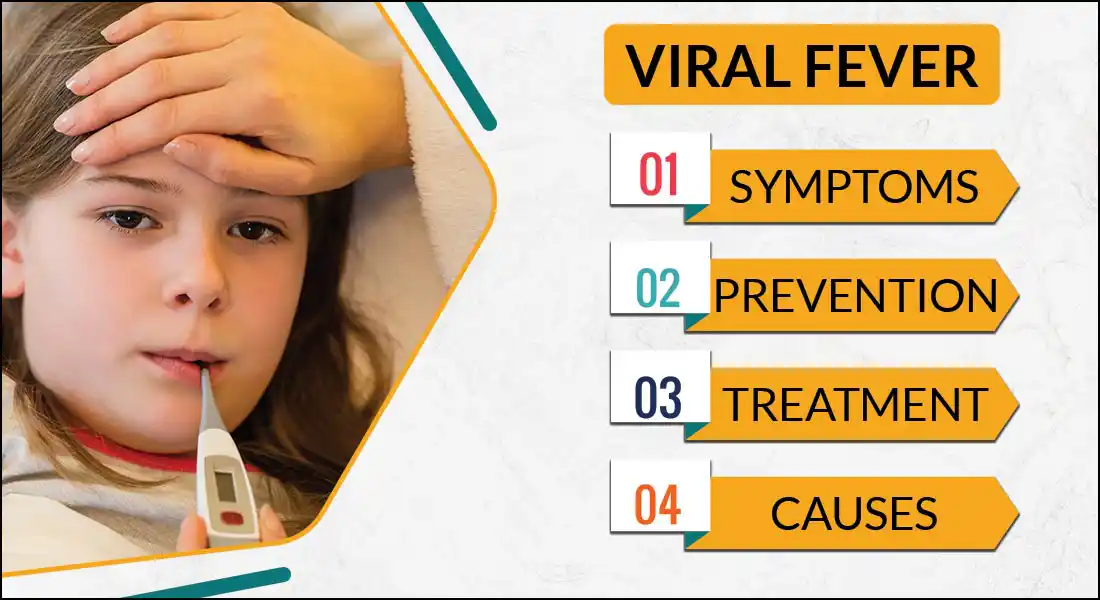

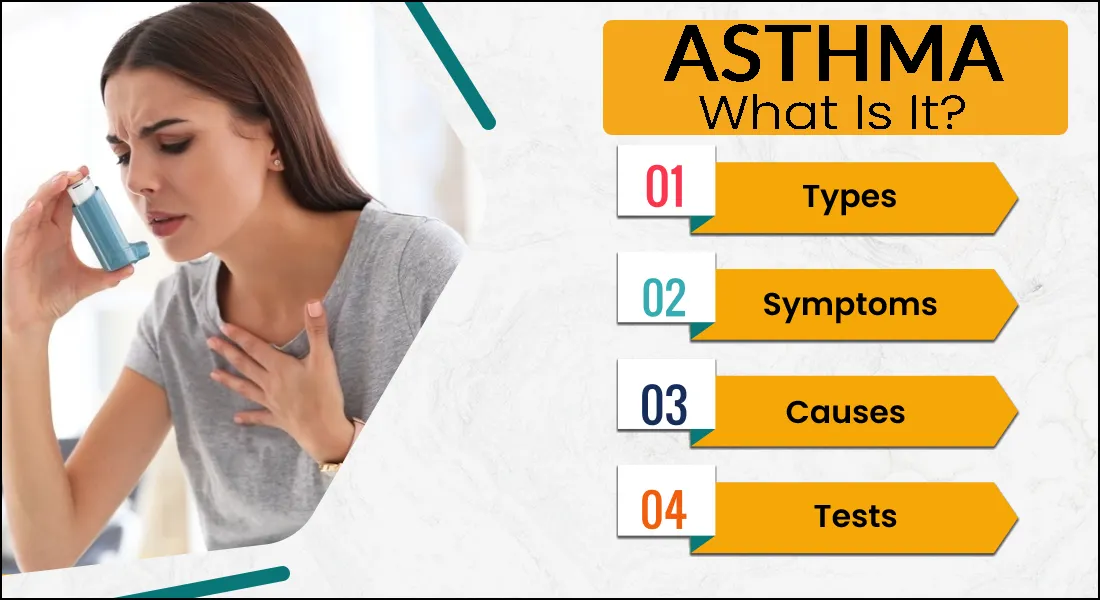
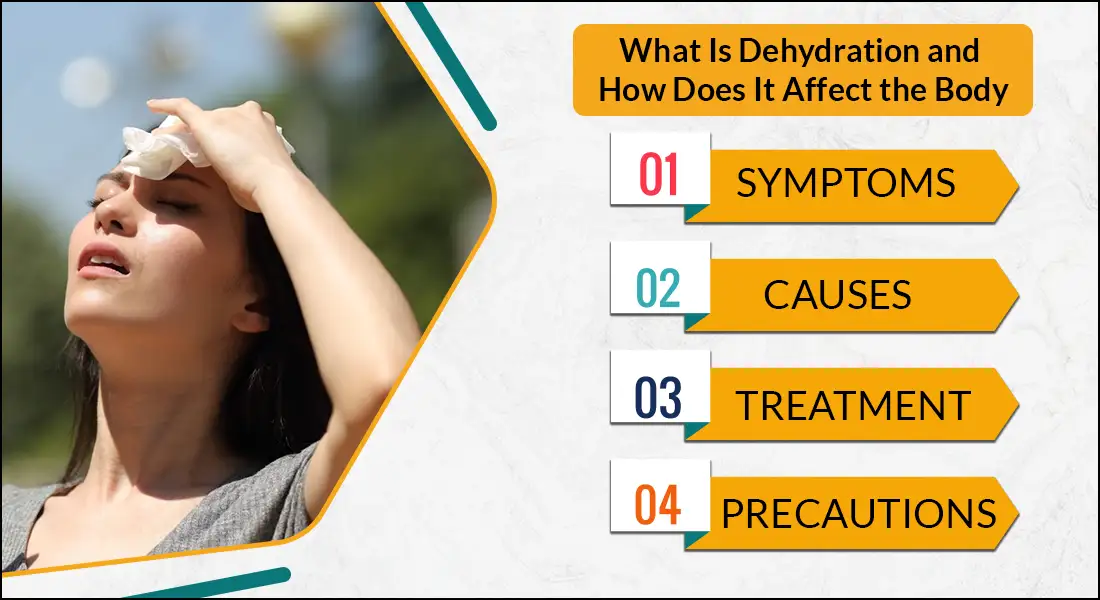


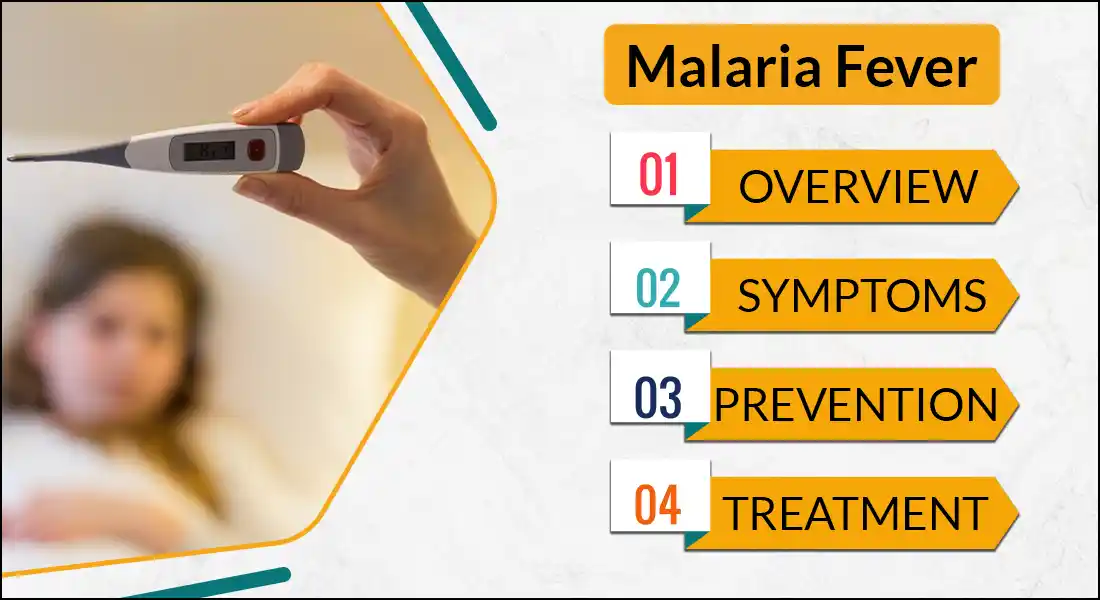

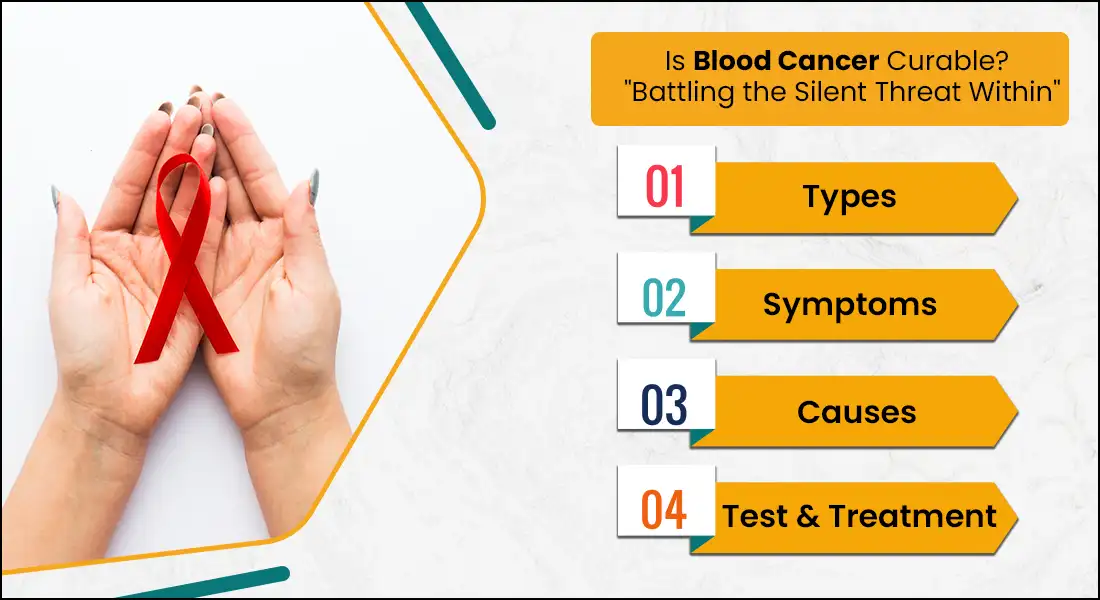
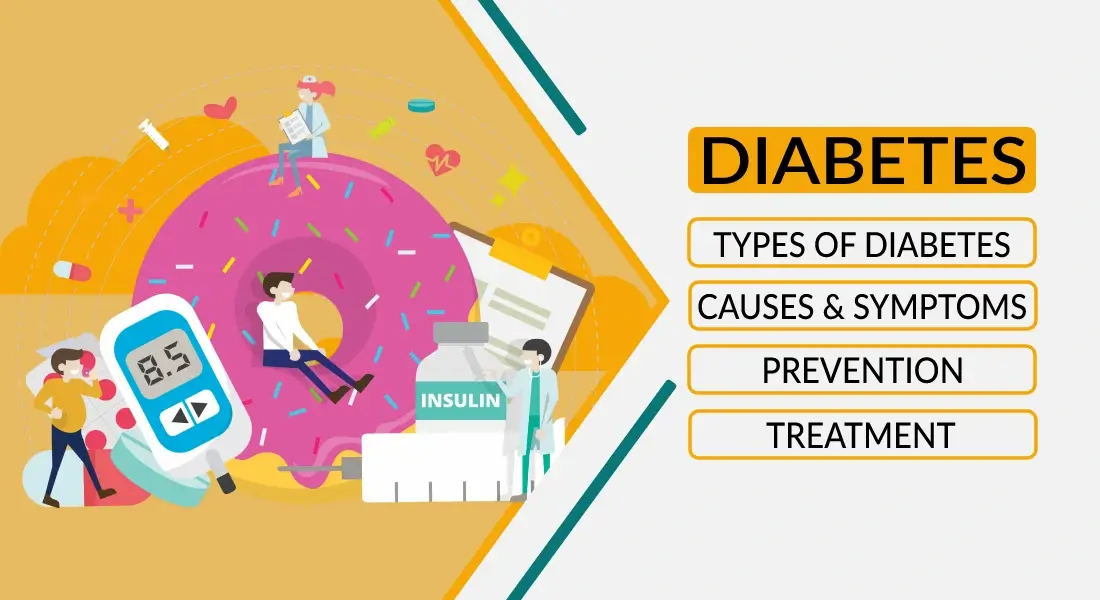

Comments List